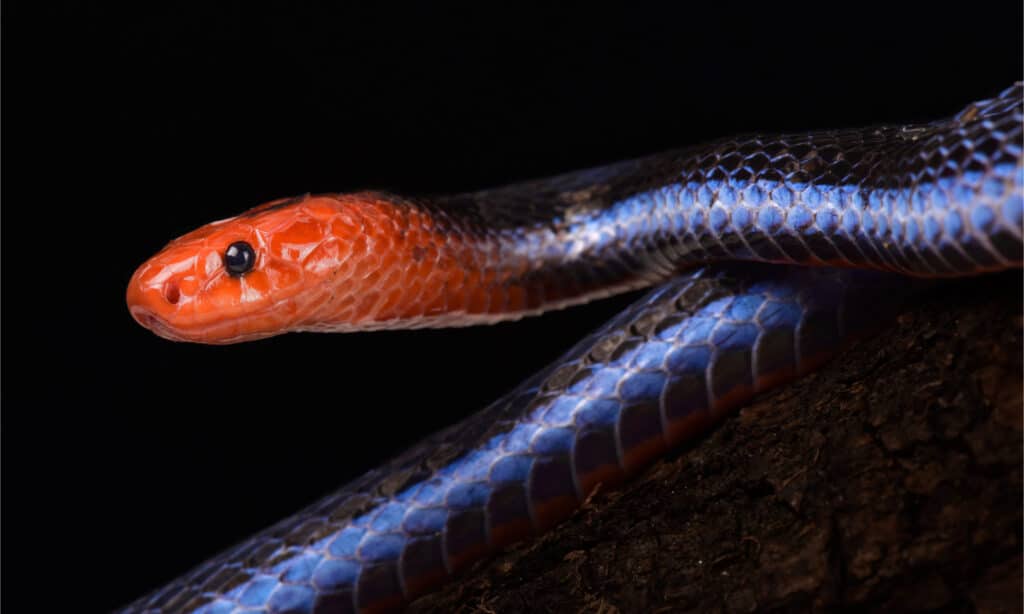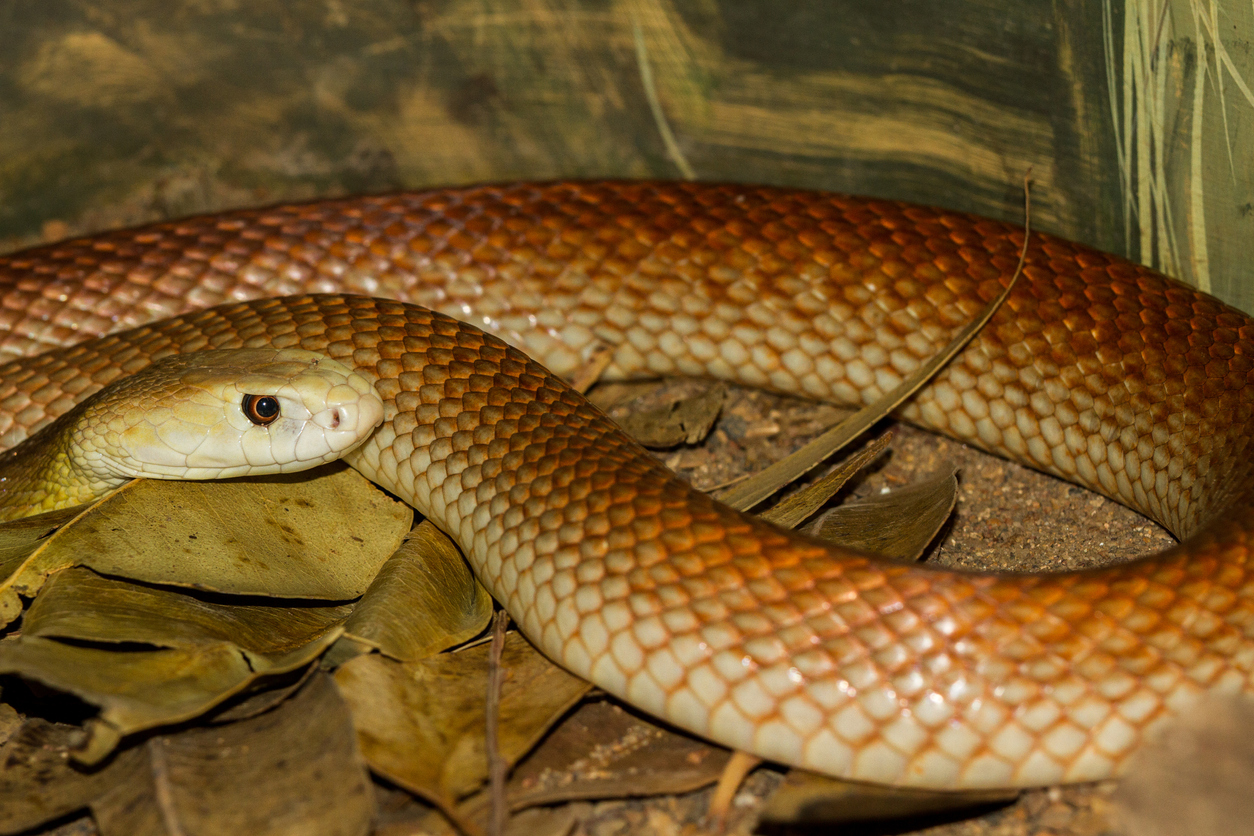Introduction
The Tasmanian tiger serpent, clinically called Notechis scutatus, is among Australia's a lot of intriguing reptiles. Found primarily in Tasmania and its surrounding islands, this serpent has garnered focus not only for its striking look yet additionally for its complex habits and essential duty in the ecological community. This write-up will check out the numerous facets of the Tasmanian tiger serpent's environment, actions, makeup, and communications with people while offering necessary information about precaution in case of a serpent bite.

Whether you're a researcher, a wildlife fanatic, or just a person curious about these interesting animals, this thorough guide promises to supply insights that are both interesting and appealing. So let's embark on this journey to comprehend the Tasmanian tiger serpent better!
The Tasmanian Tiger Serpent: An Overview
Physical Features of the Tasmanian Tiger Snake
Tiger snakes are defined by their distinct coloration and patterns. They commonly exhibit a mix of yellow or lotion red stripes on a dark brown or black history-- hence the name "tiger." Adult tiger snakes can mature to around 2.1 meters long, although most people balance around 1.5 meters.
Key Attributes:
- Coloration: Varies from dark brown to olive environment-friendly with lighter bands. Size: Adults generally vary from 1.2 to 2.1 meters. Head Shape: Noticeably broad with famous eyes.
Distribution and Habitat of the Tasmanian Tiger Snake
The Tasmanian tiger serpent predominantly populates seaside regions, marshes, marshes, and meadows in Tasmania. It flourishes in atmospheres where it can conveniently access water sources since it is commonly found near streams or lakes.
Habitat Preferences:
- Wetlands: Suitable for hunting target like frogs and tiny mammals. Coastal Areas: Deals plentiful food resources. Grasslands: Offers cover and basking spots.
Understanding Tiger Serpent Behavior
Feeding Behaviors of the Tasmanian Tiger Snake
Tiger serpents are carnivorous and opportunistic feeders. Their diet plan consists generally of frogs, fish, little animals, and birds. They count on their eager sight and swift movements for hunting.
Dietary Malfunction:
- Frogs: A key component due to abundance in marsh habitats. Fish: Often captured when swimming in superficial waters. Small Mammals: Periodically victimize rodents.
Breeding Behavior of the Tasmanian Tiger Snake
Tiger snakes have a fascinating reproductive cycle. Mating generally happens in spring after arising from hibernation. Female tiger serpents give birth to live young instead of laying eggs, which is somewhat unique amongst reptiles.
Reproductive Cycle:
- Mating Season: Spring (September to November). Gestation Duration: Roughly 3 months. Litter Size: Ranges from 20 to 40 infant tiger snakes.
Aggression and Defense reaction of the Tasmanian Tiger Snake
Though they can be hostile when intimidated, tiger snakes often favor to pull away instead of confront risk directly. Their primary defense mechanisms include attacking when collared or presenting their size through hissing.
Defensive Techniques:
- Hissing Noise: A caution signal indicating distress. Bite Response: A last resort when retreat alternatives are limited.
Are Tiger Snakes Venomous? Comprehending Their Venom
Venom Composition and Effects
Yes! The Tasmanian tiger snake is poisonous. Its venom includes neurotoxins that can create significant damage or perhaps death if left unattended. The impacts of a bite can consist of paralysis, swelling at the bite website, nausea or vomiting, and various other systemic symptoms.
Venom Attributes:
- Neurotoxic Parts: Affect nerve system functioning. Hemotoxic Results: Can result in cells damage.
Common Signs Adhering to a Tiger Serpent Bite
Recognizing signs and symptoms quickly is essential for efficient first aid monitoring after a Educating about venomous snakes snake bite:
- Severe pain at bite site Swelling Nausea or vomiting Difficulty breathing
First Help for Snake Bites: What You Required to Know
Immediate Tips After a Tiger Snake Bite
In instance you come across a situation entailing a tiger serpent bite, it's essential to act promptly:

Creating Your Serpent Bite Emergency Treatment Kit
Having an appropriately equipped first aid kit can make all the difference during emergency situations:|Item|Function|| ------|---------|| Compression bandage|To immobilize arm or leg|| Splint|To maintain hurt area|| Disinfectant wipes|For cleansing injuries|
FAQs About the Tasmanian Tiger Snake
What do child tiger snakes eat?
Baby tiger snakes primarily feed on tiny bugs and amphibians up until they grow large sufficient to quest larger target like frogs or tiny fish.
How hazardous is a tiger serpent bite?
A tiger snake bite can be exceptionally dangerous because of its potent poison; immediate clinical interest is important for survival.
Where are eastern tiger snakes found?
Eastern tiger serpents inhabit seaside regions across southeastern Australia but are less usual than their Tasmanian counterparts.
What must I do if I see a tiger snake?
Maintain your range; do not attempt to handle it unless you're educated to do so-- most bites take place throughout efforts at capture or mishandling.
Can I survive without antivenom after being bitten?
While some individuals may survive without antivenom relying on numerous elements such as wellness https://keegandxev094.weebly.com/blog/tiger-snake-bites-signs-and-symptoms-treatment-and-emergency-treatment-tips problems and time taken for treatment; seeking immediate clinical assistance Best first aid practices for Australian snakebites is always suggested as it dramatically increases survival chances.
Are there any kind of specific safety measures I need to take while treking in Tasmania?
Always put on sturdy boots, stay on significant trails, prevent high yard where presence may be restricted; familiarize yourself with regional wild animals before heading out right into nature!
Conclusion
The Tajamanian tiger snake represents a crucial part of Australia's abundant biodiversity landscape both ecologically as predators and culturally as icons within Australian mythology. Comprehending their environment preferences in addition to behavior gives insight into how we can coexist safely while respecting wild animals borders-- bearing in mind that understanding leads us in the direction of much safer adventures outdoors!
By staying notified regarding prospective risks such as envenomation from attacks while additionally taking preventive measures guarantees positive experiences when encountering these remarkable animals!

In final thought, whether you're interested by their striking look or captivated by their intricate actions-- the Tasmanian tiger serpent certainly should have acknowledgment beyond simple attraction-- it envelops nature's beauty intertwined intricately within our ecosystems!